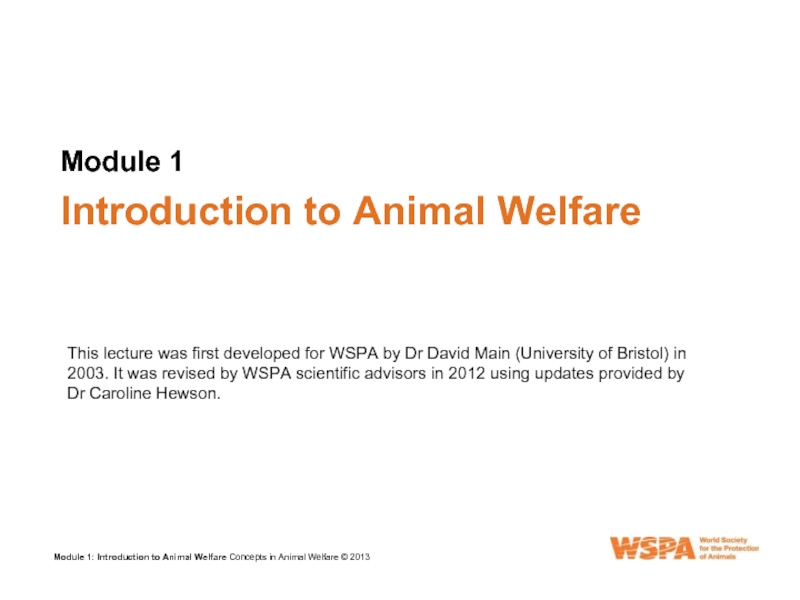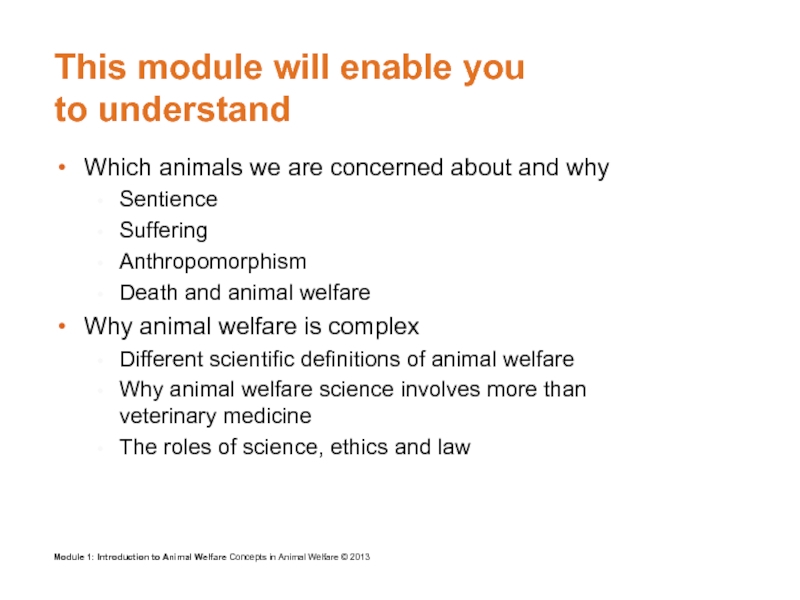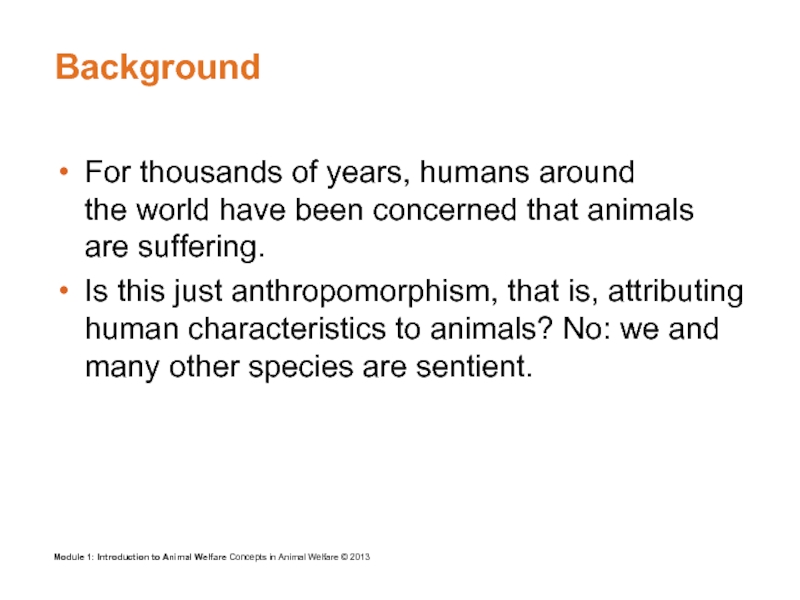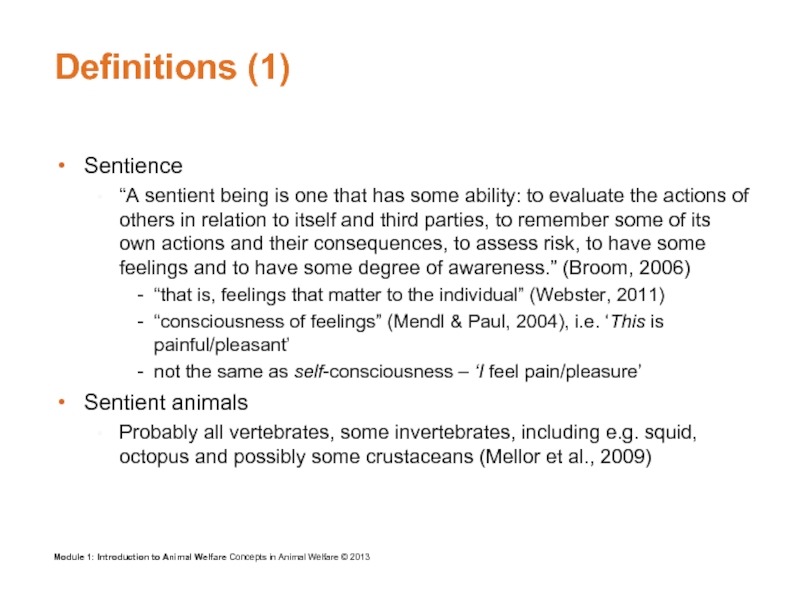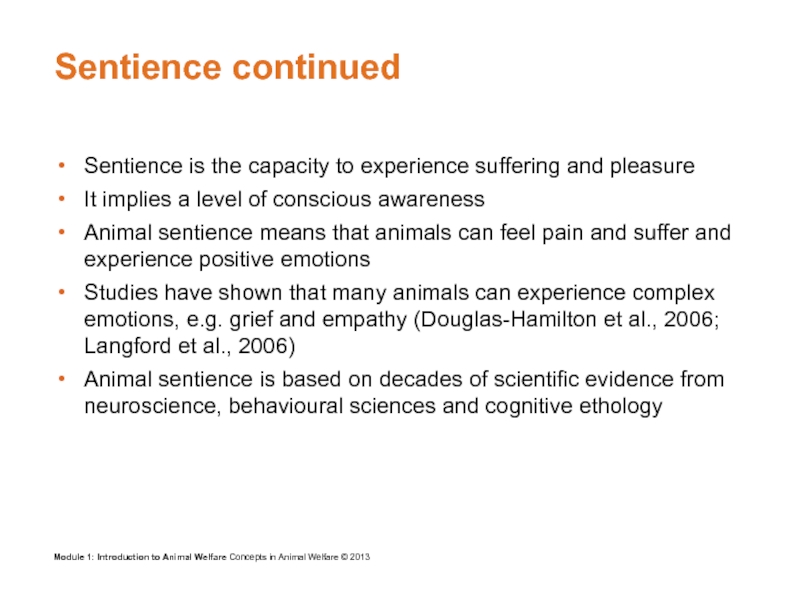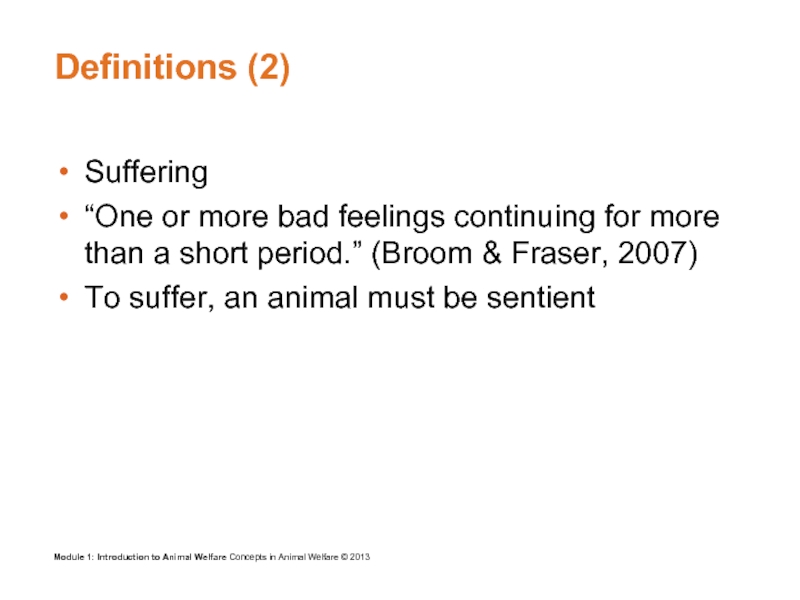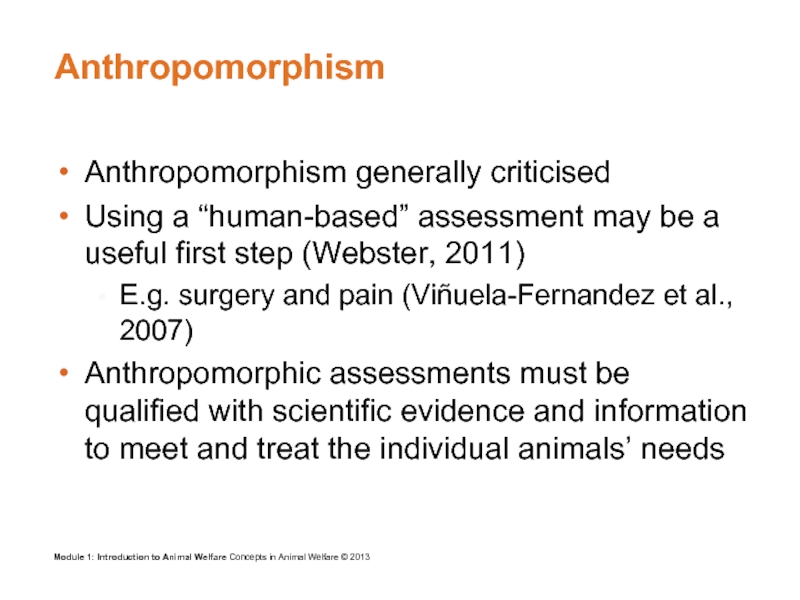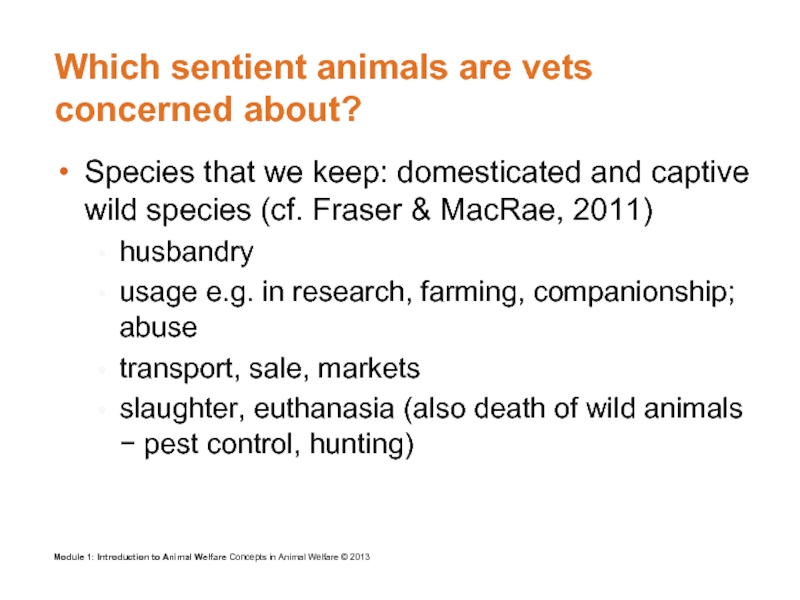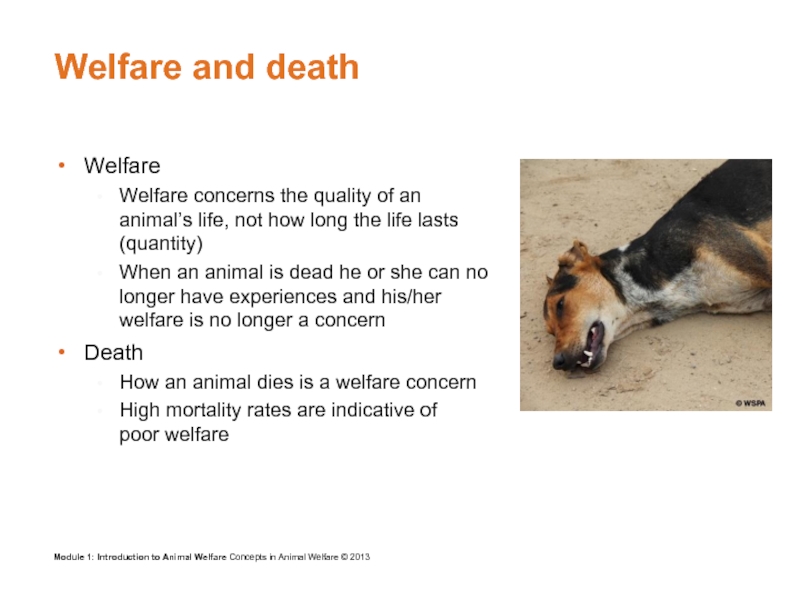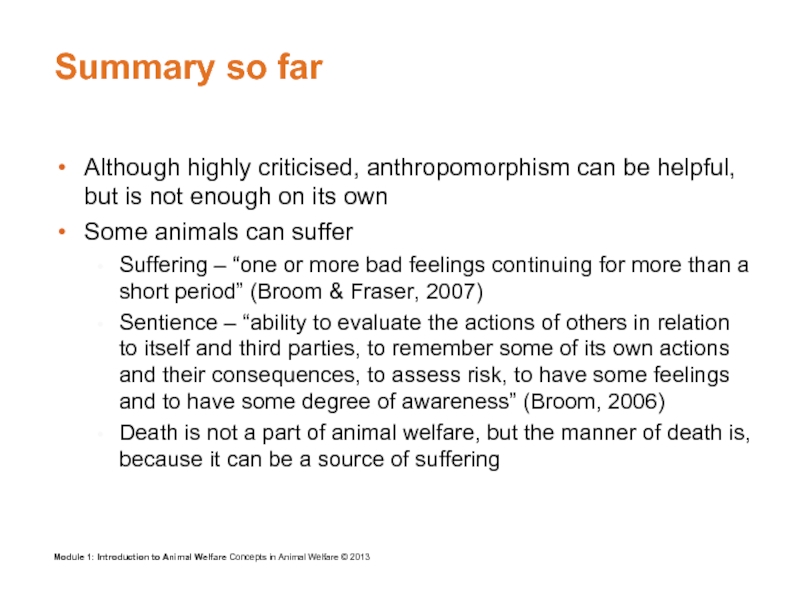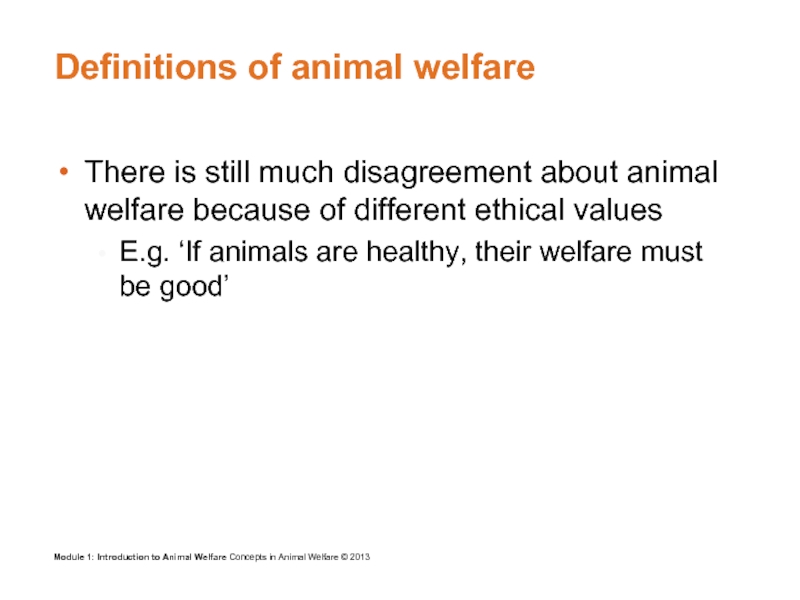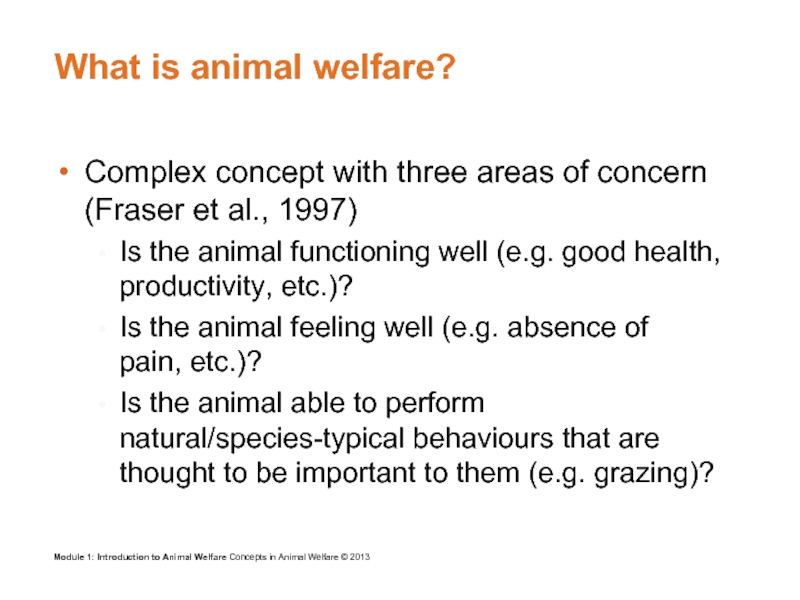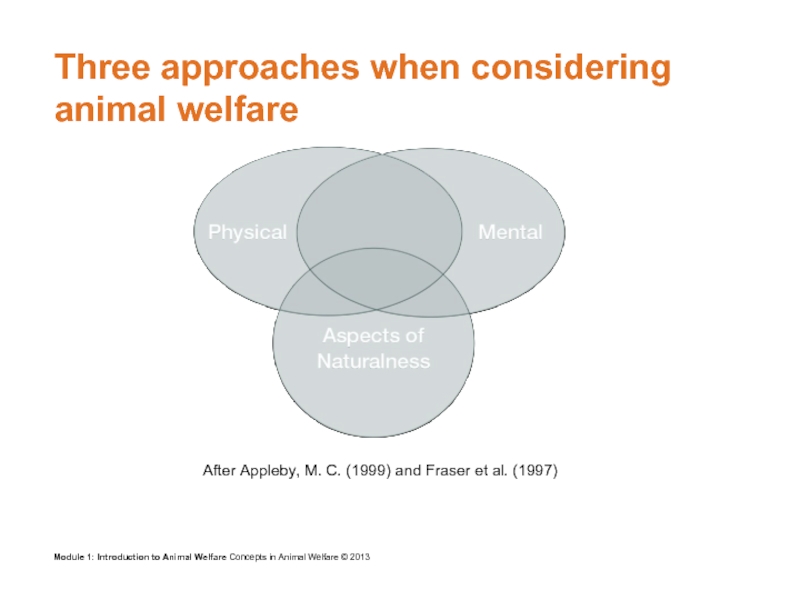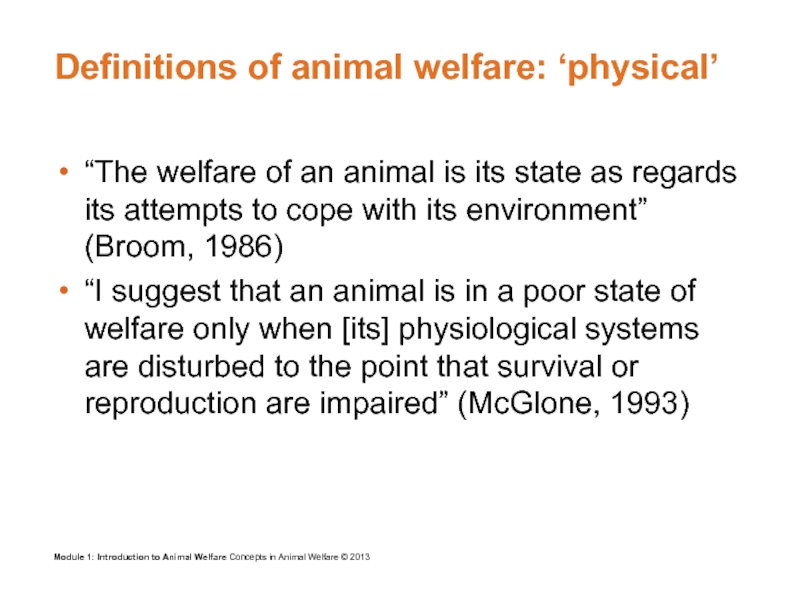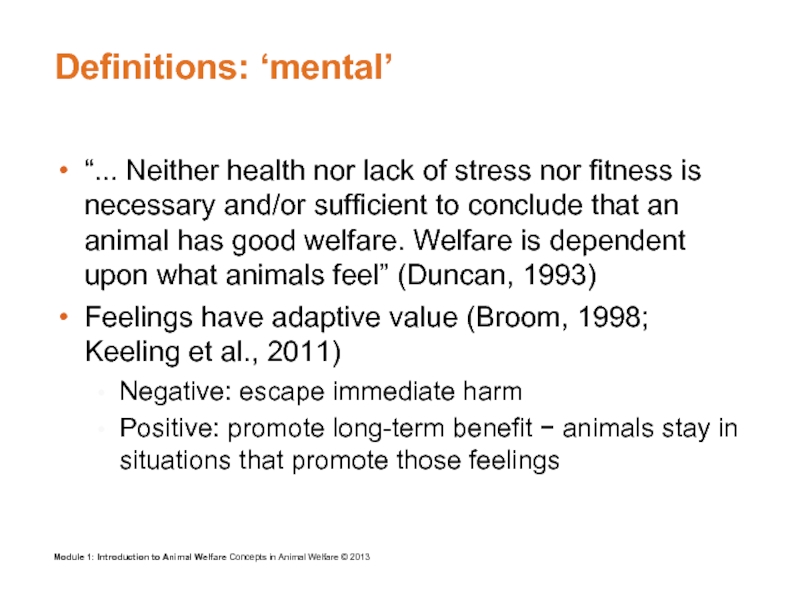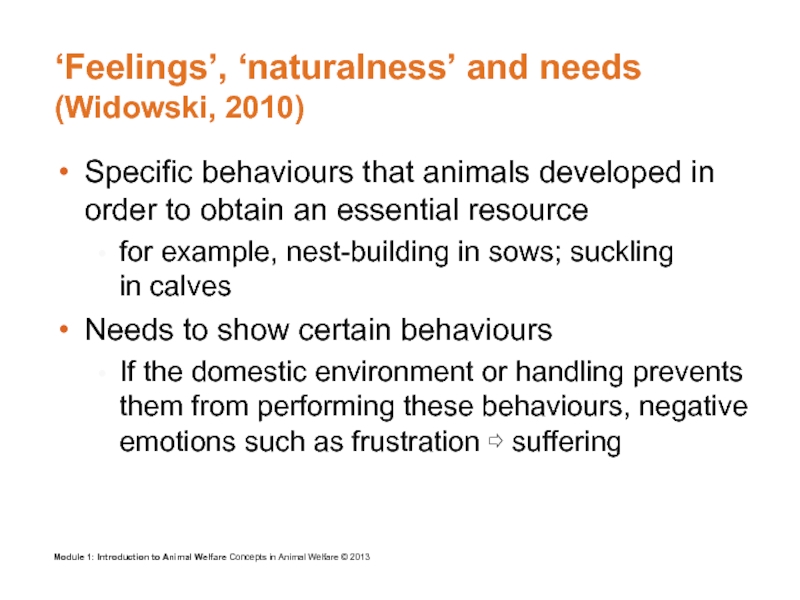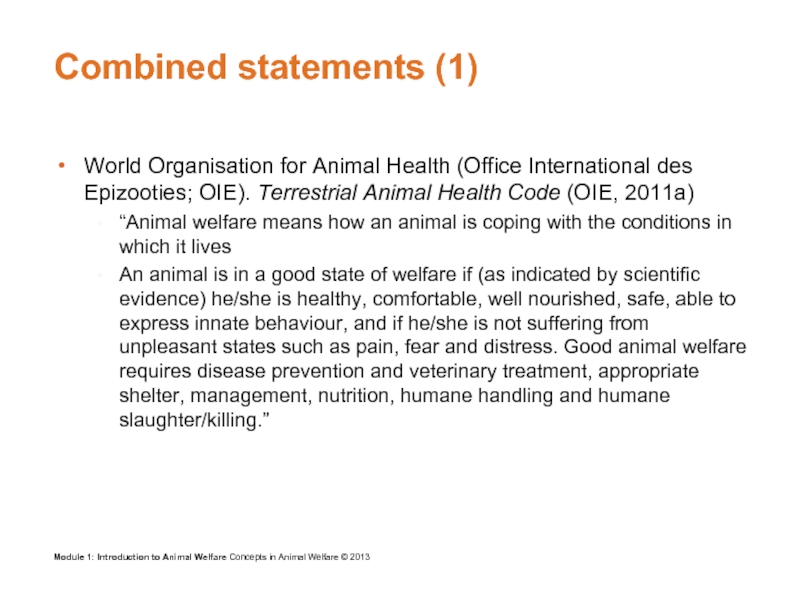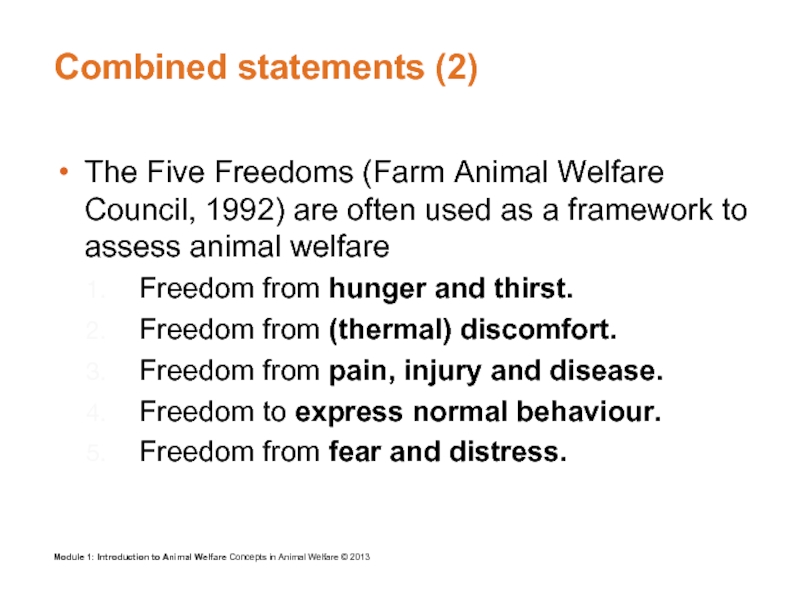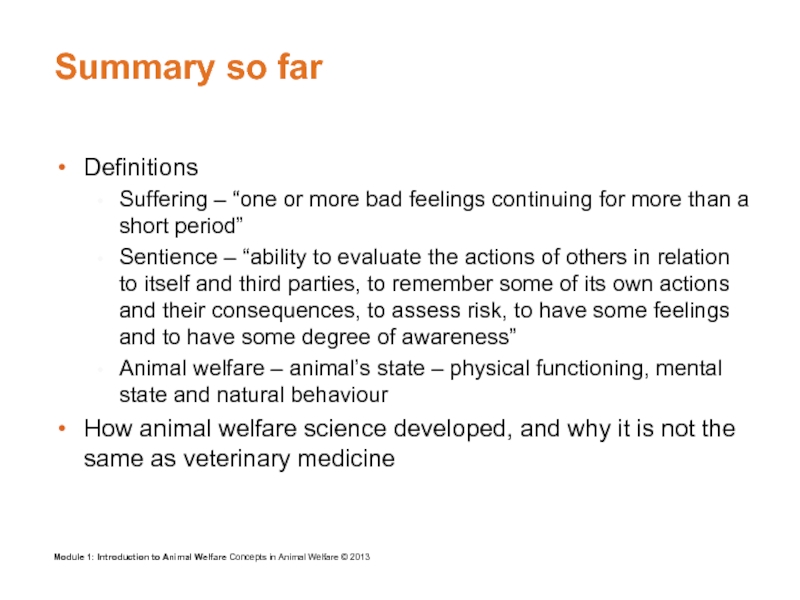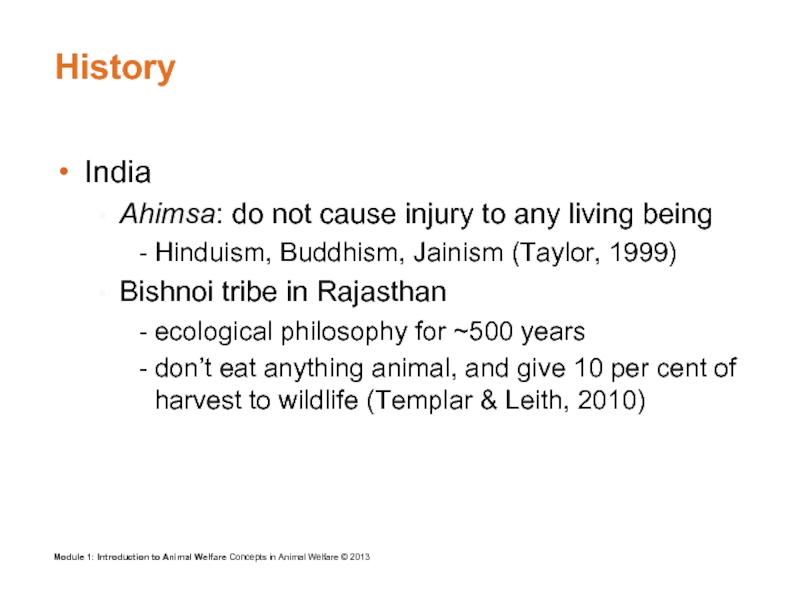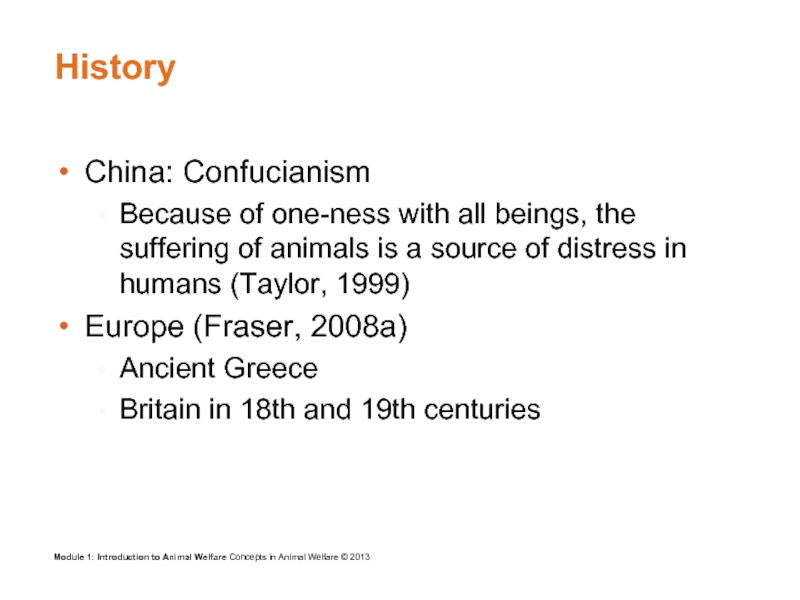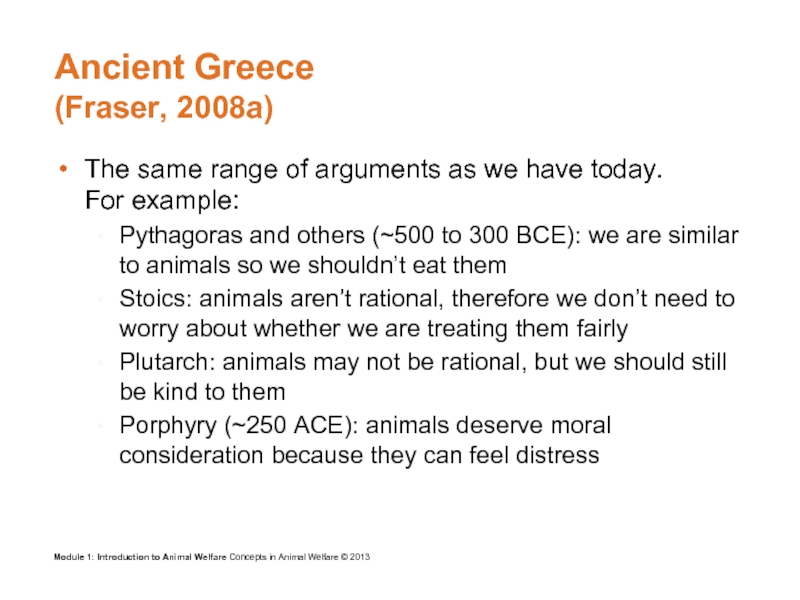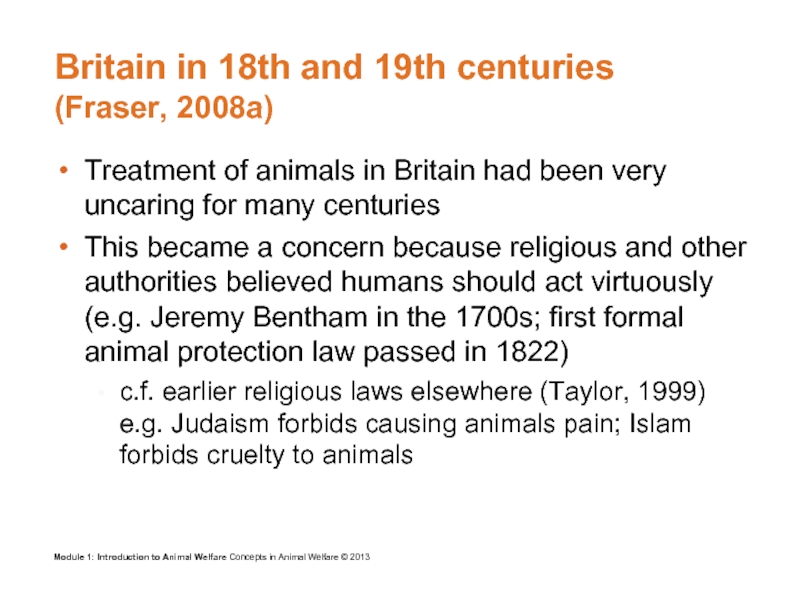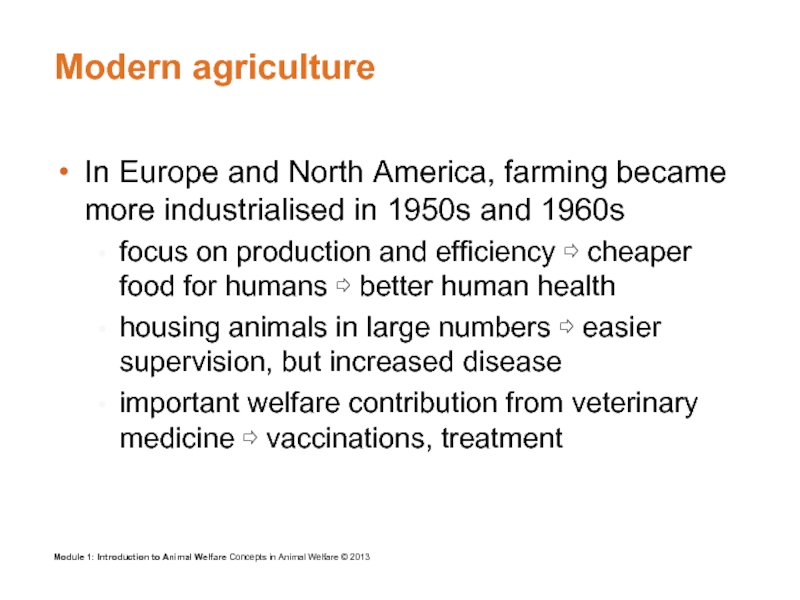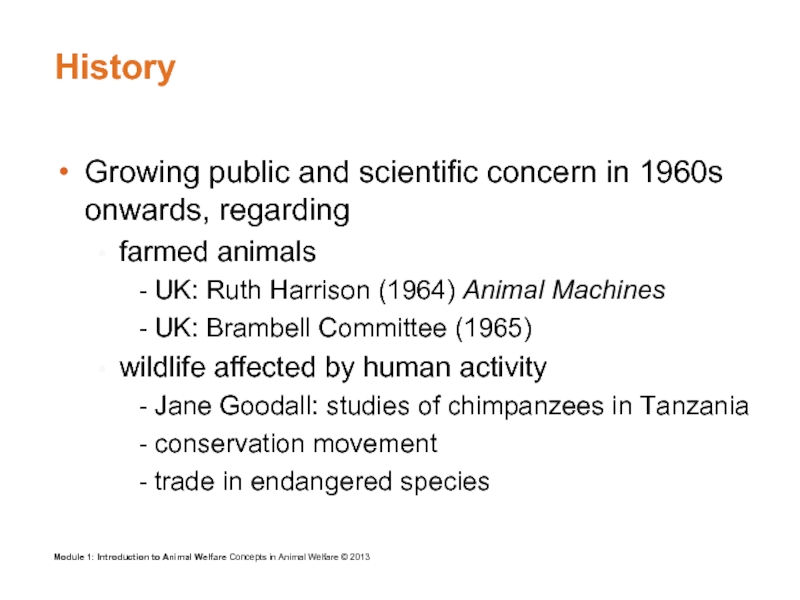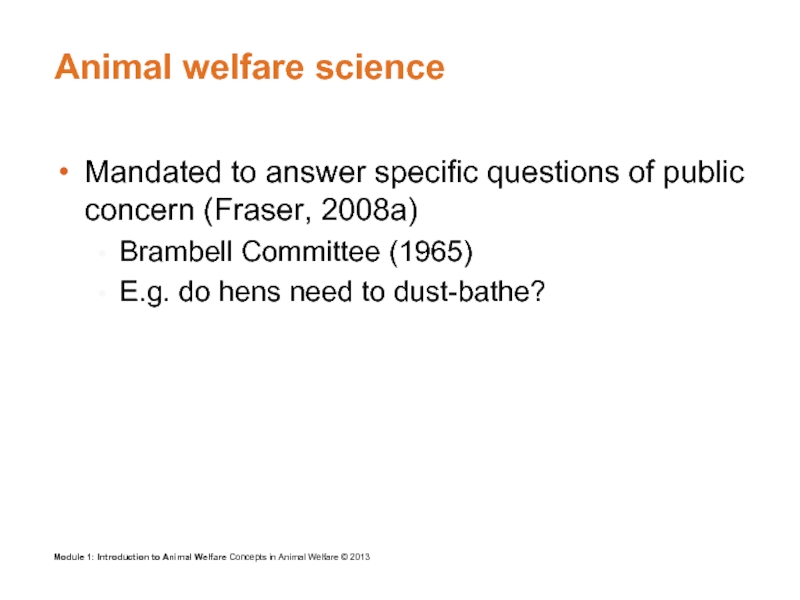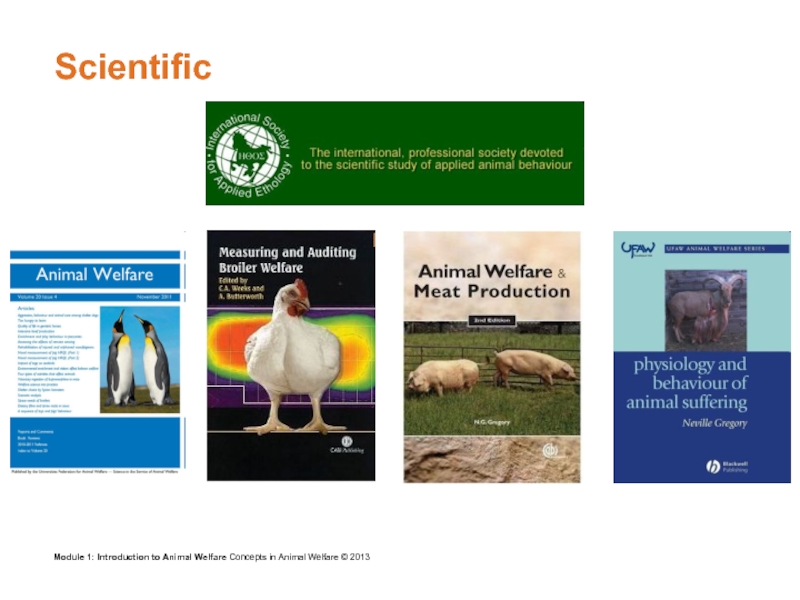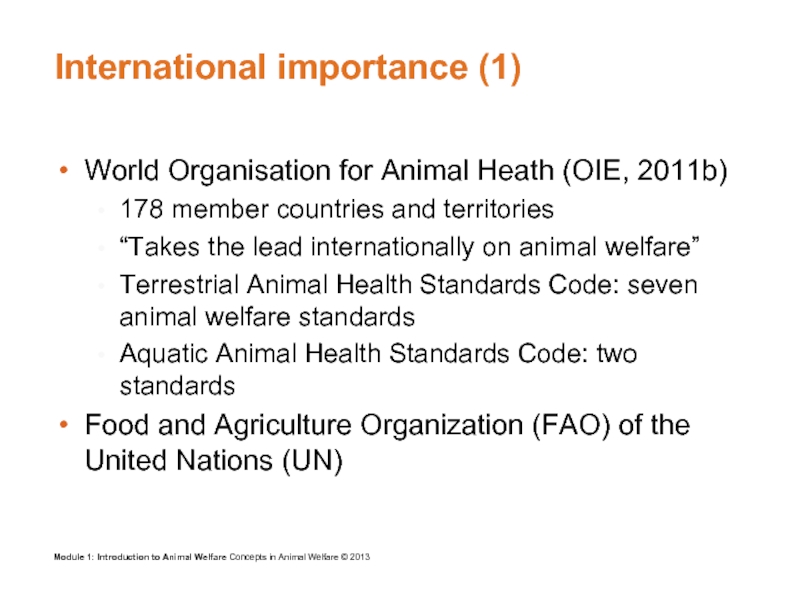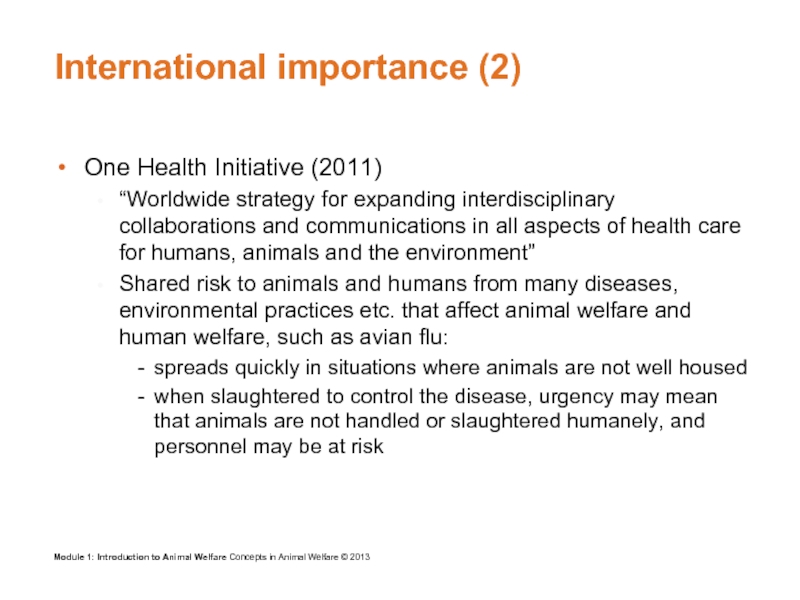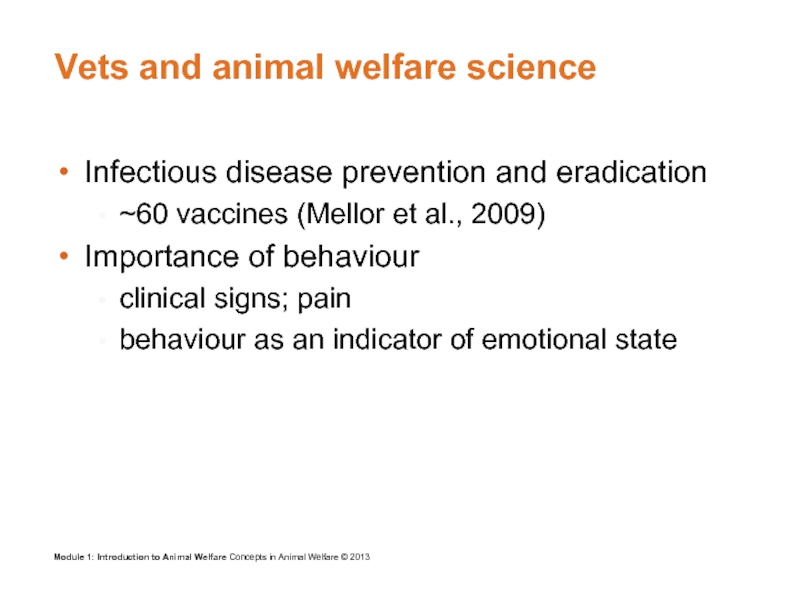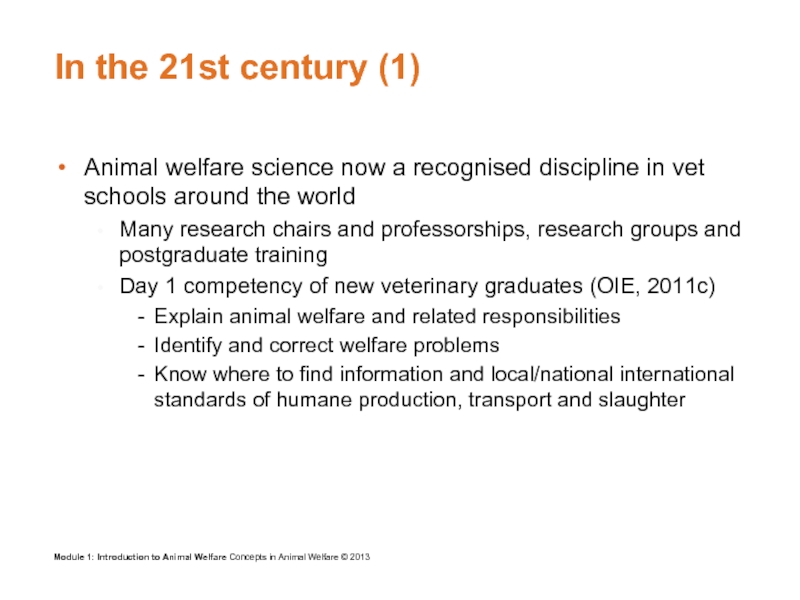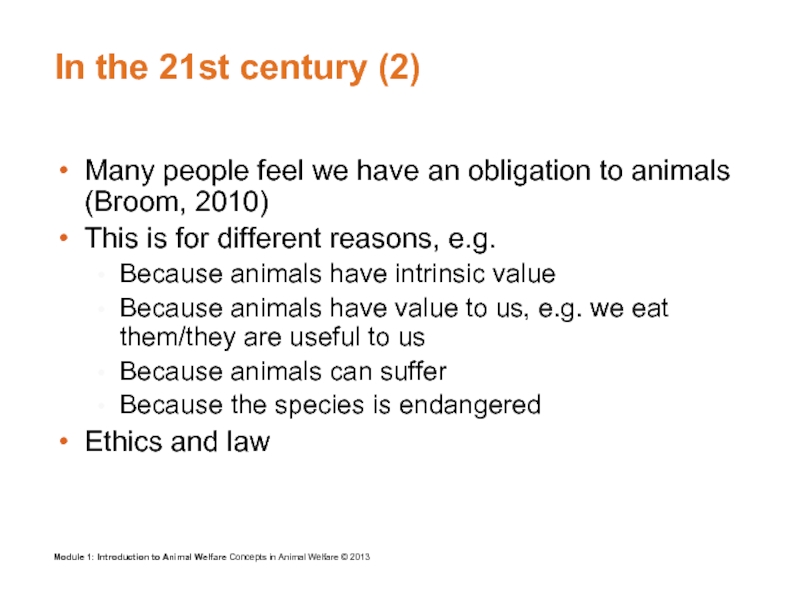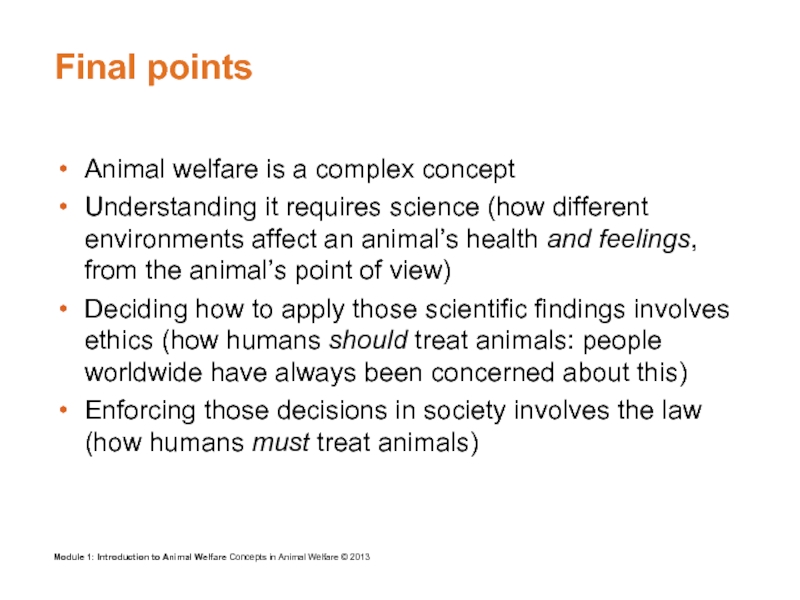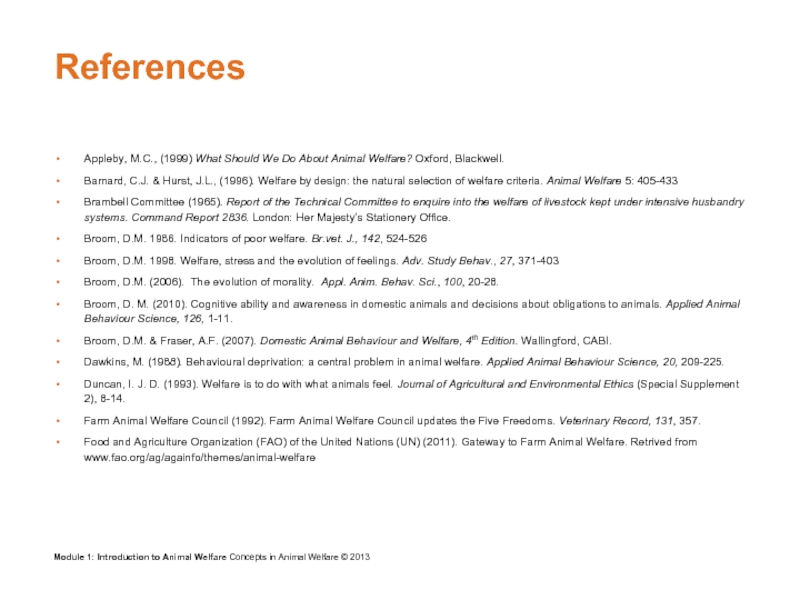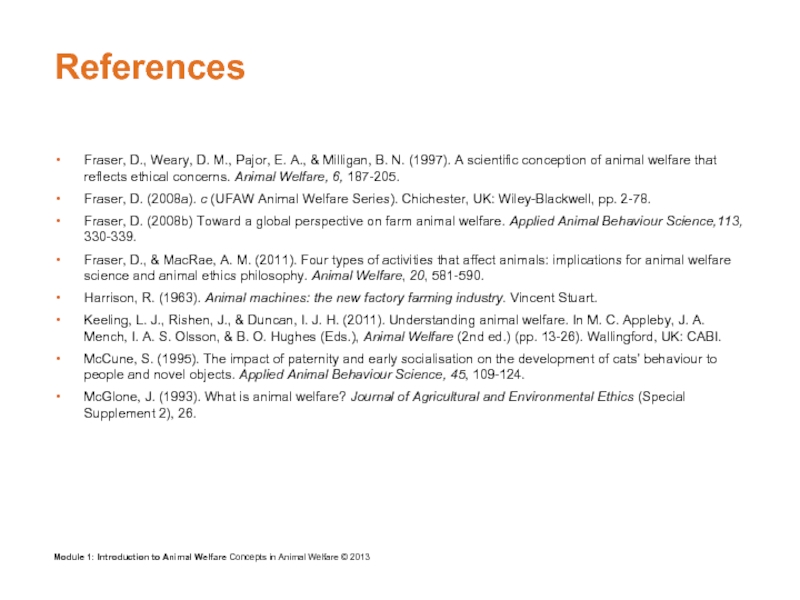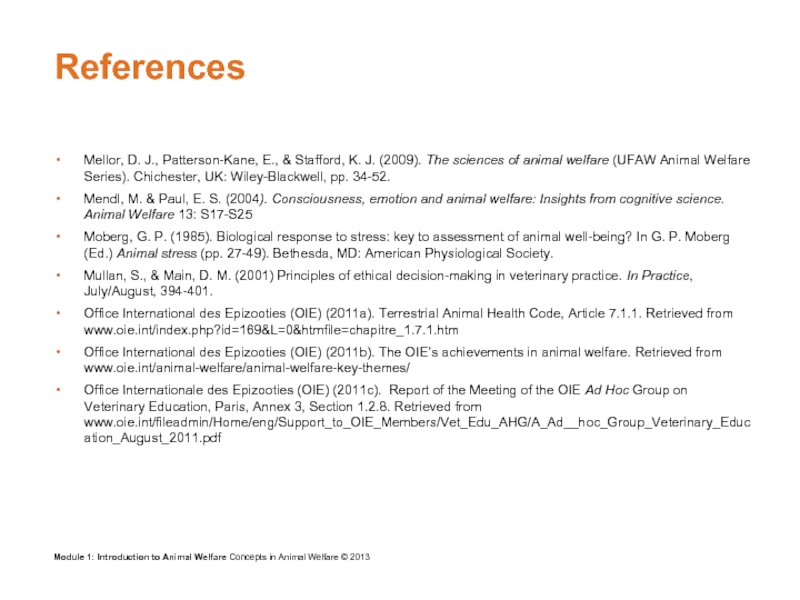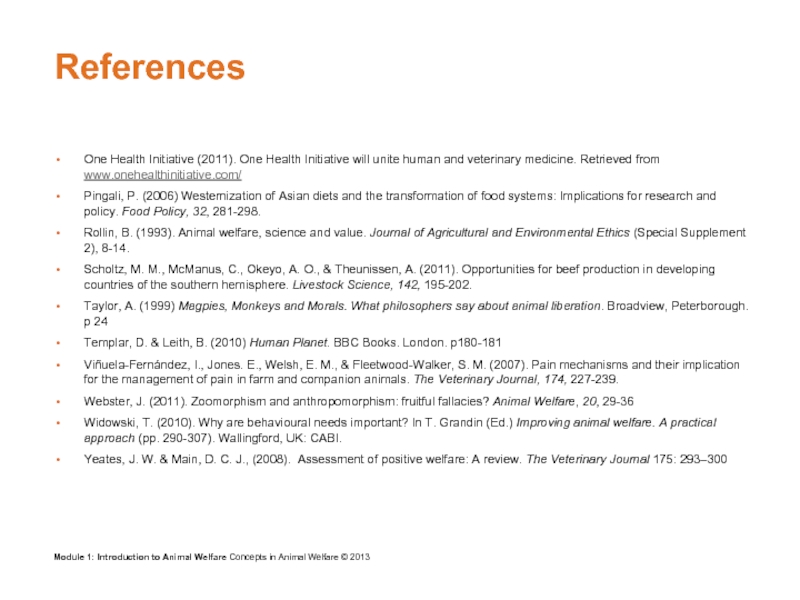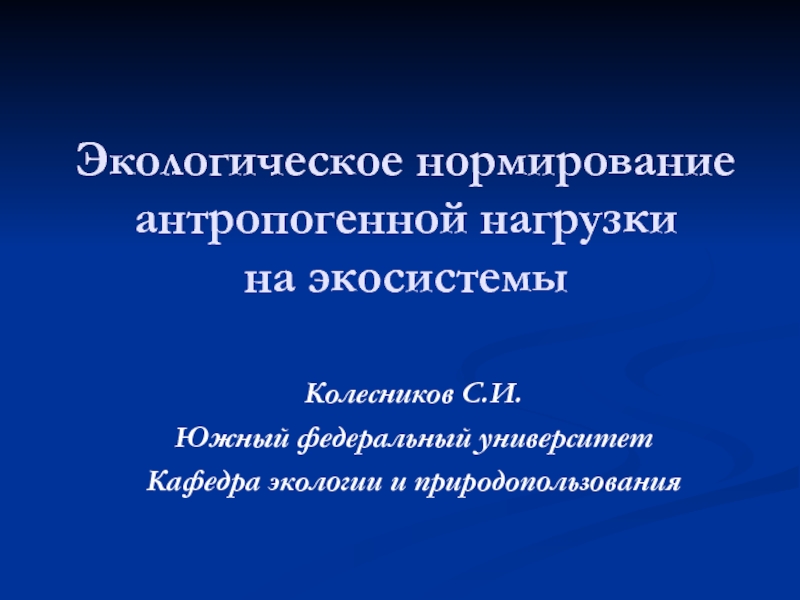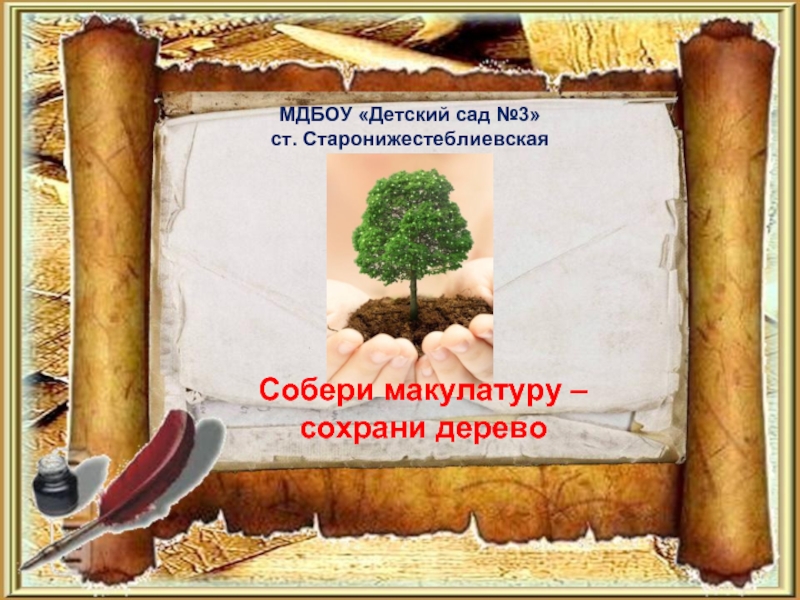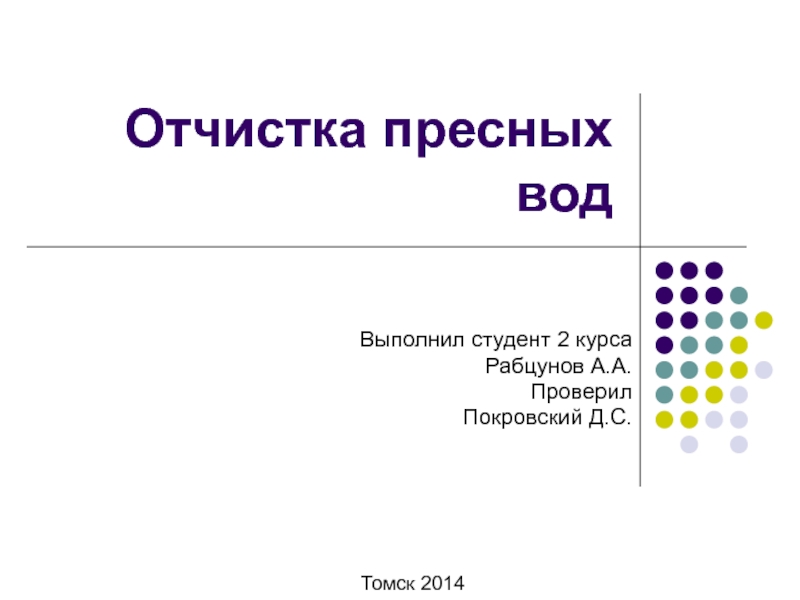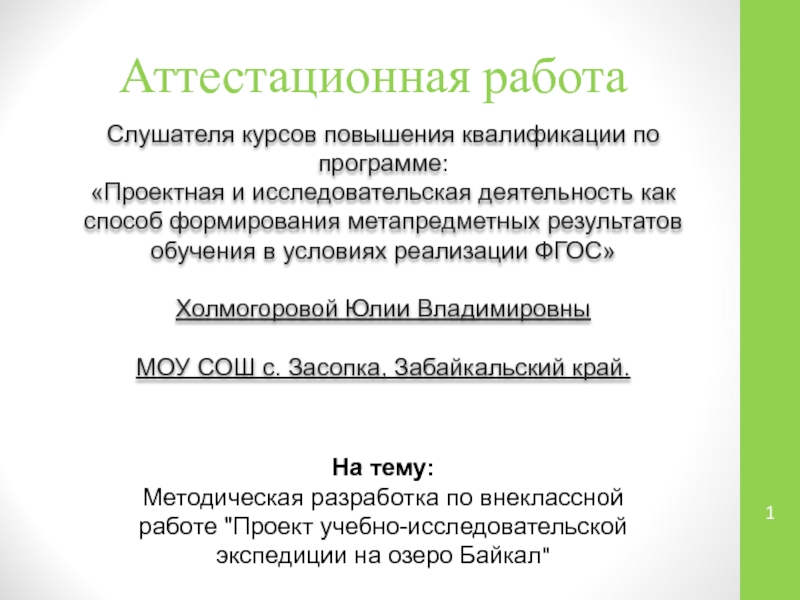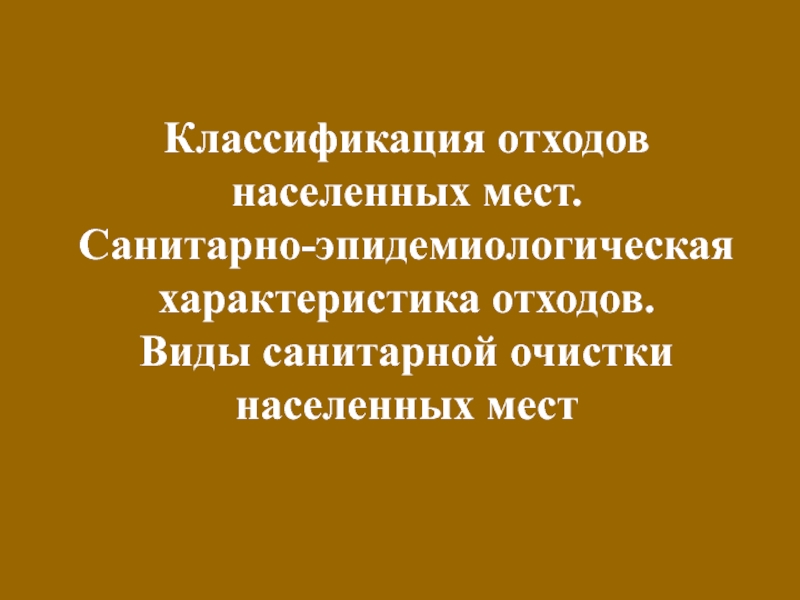Dr David Main (University of Bristol) in 2003. It was revised by WSPA scientific advisors in 2012 using updates provided by
Dr Caroline Hewson.
- Главная
- Разное
- Дизайн
- Бизнес и предпринимательство
- Аналитика
- Образование
- Развлечения
- Красота и здоровье
- Финансы
- Государство
- Путешествия
- Спорт
- Недвижимость
- Армия
- Графика
- Культурология
- Еда и кулинария
- Лингвистика
- Английский язык
- Астрономия
- Алгебра
- Биология
- География
- Детские презентации
- Информатика
- История
- Литература
- Маркетинг
- Математика
- Медицина
- Менеджмент
- Музыка
- МХК
- Немецкий язык
- ОБЖ
- Обществознание
- Окружающий мир
- Педагогика
- Русский язык
- Технология
- Физика
- Философия
- Химия
- Шаблоны, картинки для презентаций
- Экология
- Экономика
- Юриспруденция
Introduction to animal welfare презентация
Содержание
- 1. Introduction to animal welfare
- 2. This module will enable you to
- 3. Background For thousands of years, humans
- 4. Definitions (1) Sentience “A sentient being is
- 5. Sentience continued Sentience is the capacity to
- 6. Definitions (2) Suffering “One or more bad
- 7. Anthropomorphism Anthropomorphism generally criticised Using a
- 8. Which sentient animals are vets concerned about?
- 9. Welfare and death Welfare Welfare concerns the
- 10. Summary so far Although highly criticised, anthropomorphism
- 11. Definitions of animal welfare There is still
- 12. What is animal welfare? Complex concept with
- 13. Three approaches when considering animal welfare After
- 14. Definitions of animal welfare: ‘physical’ “The welfare
- 15. Definitions: ‘mental’ “... Neither health nor lack
- 16. Natural behaviour “In principle, we disapprove of
- 17. ‘Feelings’, ‘naturalness’ and needs (Widowski, 2010) Specific
- 18. Combined statements (1) World Organisation for Animal
- 19. Combined statements (2) The Five Freedoms (Farm
- 20. Summary so far Definitions Suffering – “one
- 21. History India Ahimsa: do not cause injury
- 22. History China: Confucianism Because of one-ness with
- 23. Ancient Greece (Fraser, 2008a) The
- 24. Britain in 18th and 19th centuries
- 25. Modern agriculture In Europe and North America,
- 26. History Growing public and scientific concern in
- 27. Animal welfare science Mandated to answer specific
- 28. Scientific
- 29. International importance (1) World Organisation for Animal
- 30. International importance (2) One Health Initiative (2011)
- 31. Vets and animal welfare science Infectious disease
- 32. In the 21st century (1) Animal welfare
- 33. In the 21st century (2) Many people
- 34. Final points Animal welfare is a complex
- 35. References Appleby, M.C., (1999) What Should We
- 36. References Fraser, D., Weary, D. M., Pajor,
- 37. References Mellor, D. J., Patterson-Kane, E., &
- 38. References One Health Initiative (2011). One Health
Слайд 2This module will enable you
to understand
Which animals we are concerned
about and why
Sentience
Suffering
Anthropomorphism
Death and animal welfare
Why animal welfare is complex
Different scientific definitions of animal welfare
Why animal welfare science involves more than veterinary medicine
The roles of science, ethics and law
Sentience
Suffering
Anthropomorphism
Death and animal welfare
Why animal welfare is complex
Different scientific definitions of animal welfare
Why animal welfare science involves more than veterinary medicine
The roles of science, ethics and law
Слайд 3Background
For thousands of years, humans around
the world have been
concerned that animals
are suffering.
Is this just anthropomorphism, that is, attributing human characteristics to animals? No: we and many other species are sentient.
Is this just anthropomorphism, that is, attributing human characteristics to animals? No: we and many other species are sentient.
Слайд 4Definitions (1)
Sentience
“A sentient being is one that has some ability: to
evaluate the actions of others in relation to itself and third parties, to remember some of its own actions and their consequences, to assess risk, to have some feelings and to have some degree of awareness.” (Broom, 2006)
“that is, feelings that matter to the individual” (Webster, 2011)
“consciousness of feelings” (Mendl & Paul, 2004), i.e. ‘This is painful/pleasant’
not the same as self-consciousness – ‘I feel pain/pleasure’
Sentient animals
Probably all vertebrates, some invertebrates, including e.g. squid, octopus and possibly some crustaceans (Mellor et al., 2009)
“that is, feelings that matter to the individual” (Webster, 2011)
“consciousness of feelings” (Mendl & Paul, 2004), i.e. ‘This is painful/pleasant’
not the same as self-consciousness – ‘I feel pain/pleasure’
Sentient animals
Probably all vertebrates, some invertebrates, including e.g. squid, octopus and possibly some crustaceans (Mellor et al., 2009)
Слайд 5Sentience continued
Sentience is the capacity to experience suffering and pleasure
It implies
a level of conscious awareness
Animal sentience means that animals can feel pain and suffer and experience positive emotions
Studies have shown that many animals can experience complex emotions, e.g. grief and empathy (Douglas-Hamilton et al., 2006; Langford et al., 2006)
Animal sentience is based on decades of scientific evidence from neuroscience, behavioural sciences and cognitive ethology
Animal sentience means that animals can feel pain and suffer and experience positive emotions
Studies have shown that many animals can experience complex emotions, e.g. grief and empathy (Douglas-Hamilton et al., 2006; Langford et al., 2006)
Animal sentience is based on decades of scientific evidence from neuroscience, behavioural sciences and cognitive ethology
Слайд 6Definitions (2)
Suffering
“One or more bad feelings continuing for more than a
short period.” (Broom & Fraser, 2007)
To suffer, an animal must be sentient
To suffer, an animal must be sentient
Слайд 7Anthropomorphism
Anthropomorphism generally criticised
Using a “human-based” assessment may be a useful
first step (Webster, 2011)
E.g. surgery and pain (Viñuela-Fernandez et al., 2007)
Anthropomorphic assessments must be qualified with scientific evidence and information to meet and treat the individual animals’ needs
E.g. surgery and pain (Viñuela-Fernandez et al., 2007)
Anthropomorphic assessments must be qualified with scientific evidence and information to meet and treat the individual animals’ needs
Слайд 8Which sentient animals are vets concerned about?
Species that we keep: domesticated
and captive wild species (cf. Fraser & MacRae, 2011)
husbandry
usage e.g. in research, farming, companionship; abuse
transport, sale, markets
slaughter, euthanasia (also death of wild animals − pest control, hunting)
husbandry
usage e.g. in research, farming, companionship; abuse
transport, sale, markets
slaughter, euthanasia (also death of wild animals − pest control, hunting)
Слайд 9Welfare and death
Welfare
Welfare concerns the quality of an animal’s life, not
how long the life lasts (quantity)
When an animal is dead he or she can no longer have experiences and his/her welfare is no longer a concern
Death
How an animal dies is a welfare concern
High mortality rates are indicative of poor welfare
When an animal is dead he or she can no longer have experiences and his/her welfare is no longer a concern
Death
How an animal dies is a welfare concern
High mortality rates are indicative of poor welfare
Слайд 10Summary so far
Although highly criticised, anthropomorphism can be helpful, but is
not enough on its own
Some animals can suffer
Suffering – “one or more bad feelings continuing for more than a short period” (Broom & Fraser, 2007)
Sentience – “ability to evaluate the actions of others in relation to itself and third parties, to remember some of its own actions and their consequences, to assess risk, to have some feelings and to have some degree of awareness” (Broom, 2006)
Death is not a part of animal welfare, but the manner of death is, because it can be a source of suffering
Some animals can suffer
Suffering – “one or more bad feelings continuing for more than a short period” (Broom & Fraser, 2007)
Sentience – “ability to evaluate the actions of others in relation to itself and third parties, to remember some of its own actions and their consequences, to assess risk, to have some feelings and to have some degree of awareness” (Broom, 2006)
Death is not a part of animal welfare, but the manner of death is, because it can be a source of suffering
Слайд 11Definitions of animal welfare
There is still much disagreement about animal welfare
because of different ethical values
E.g. ‘If animals are healthy, their welfare must be good’
E.g. ‘If animals are healthy, their welfare must be good’
Слайд 12What is animal welfare?
Complex concept with three areas of concern (Fraser
et al., 1997)
Is the animal functioning well (e.g. good health, productivity, etc.)?
Is the animal feeling well (e.g. absence of pain, etc.)?
Is the animal able to perform natural/species-typical behaviours that are thought to be important to them (e.g. grazing)?
Is the animal functioning well (e.g. good health, productivity, etc.)?
Is the animal feeling well (e.g. absence of pain, etc.)?
Is the animal able to perform natural/species-typical behaviours that are thought to be important to them (e.g. grazing)?
Слайд 13Three approaches when considering animal welfare
After Appleby, M. C. (1999) and
Fraser et al. (1997)
Слайд 14Definitions of animal welfare: ‘physical’
“The welfare of an animal is its
state as regards its attempts to cope with its environment” (Broom, 1986)
“I suggest that an animal is in a poor state of welfare only when [its] physiological systems are disturbed to the point that survival or reproduction are impaired” (McGlone, 1993)
“I suggest that an animal is in a poor state of welfare only when [its] physiological systems are disturbed to the point that survival or reproduction are impaired” (McGlone, 1993)
Слайд 15Definitions: ‘mental’
“... Neither health nor lack of stress nor fitness is
necessary and/or sufficient to conclude that an animal has good welfare. Welfare is dependent upon what animals feel” (Duncan, 1993)
Feelings have adaptive value (Broom, 1998; Keeling et al., 2011)
Negative: escape immediate harm
Positive: promote long-term benefit − animals stay in situations that promote those feelings
Feelings have adaptive value (Broom, 1998; Keeling et al., 2011)
Negative: escape immediate harm
Positive: promote long-term benefit − animals stay in situations that promote those feelings
Слайд 16Natural behaviour
“In principle, we disapprove of a degree of confinement of
an animal which necessarily frustrates most of the major activities which make up its natural behaviour” (Brambell Committee, 1965)
“Not only will welfare mean control of pain and suffering, it will also entail nurturing and fulfilment of the animal’s nature, which I call telos” (Rollin, 1993)
“Not only will welfare mean control of pain and suffering, it will also entail nurturing and fulfilment of the animal’s nature, which I call telos” (Rollin, 1993)
Слайд 17‘Feelings’, ‘naturalness’ and needs (Widowski, 2010)
Specific behaviours that animals developed in
order to obtain an essential resource
for example, nest-building in sows; suckling in calves
Needs to show certain behaviours
If the domestic environment or handling prevents them from performing these behaviours, negative emotions such as frustration ⇨ suffering
for example, nest-building in sows; suckling in calves
Needs to show certain behaviours
If the domestic environment or handling prevents them from performing these behaviours, negative emotions such as frustration ⇨ suffering
Слайд 18Combined statements (1)
World Organisation for Animal Health (Office International des Epizooties;
OIE). Terrestrial Animal Health Code (OIE, 2011a)
“Animal welfare means how an animal is coping with the conditions in which it lives
An animal is in a good state of welfare if (as indicated by scientific evidence) he/she is healthy, comfortable, well nourished, safe, able to express innate behaviour, and if he/she is not suffering from unpleasant states such as pain, fear and distress. Good animal welfare requires disease prevention and veterinary treatment, appropriate shelter, management, nutrition, humane handling and humane slaughter/killing.”
“Animal welfare means how an animal is coping with the conditions in which it lives
An animal is in a good state of welfare if (as indicated by scientific evidence) he/she is healthy, comfortable, well nourished, safe, able to express innate behaviour, and if he/she is not suffering from unpleasant states such as pain, fear and distress. Good animal welfare requires disease prevention and veterinary treatment, appropriate shelter, management, nutrition, humane handling and humane slaughter/killing.”
Слайд 19Combined statements (2)
The Five Freedoms (Farm Animal Welfare Council, 1992) are
often used as a framework to assess animal welfare
Freedom from hunger and thirst.
Freedom from (thermal) discomfort.
Freedom from pain, injury and disease.
Freedom to express normal behaviour.
Freedom from fear and distress.
Freedom from hunger and thirst.
Freedom from (thermal) discomfort.
Freedom from pain, injury and disease.
Freedom to express normal behaviour.
Freedom from fear and distress.
Слайд 20Summary so far
Definitions
Suffering – “one or more bad feelings continuing for
more than a short period”
Sentience – “ability to evaluate the actions of others in relation to itself and third parties, to remember some of its own actions and their consequences, to assess risk, to have some feelings and to have some degree of awareness”
Animal welfare – animal’s state – physical functioning, mental state and natural behaviour
How animal welfare science developed, and why it is not the same as veterinary medicine
Sentience – “ability to evaluate the actions of others in relation to itself and third parties, to remember some of its own actions and their consequences, to assess risk, to have some feelings and to have some degree of awareness”
Animal welfare – animal’s state – physical functioning, mental state and natural behaviour
How animal welfare science developed, and why it is not the same as veterinary medicine
Слайд 21History
India
Ahimsa: do not cause injury to any living being
Hinduism, Buddhism, Jainism
(Taylor, 1999)
Bishnoi tribe in Rajasthan
ecological philosophy for ~500 years
don’t eat anything animal, and give 10 per cent of harvest to wildlife (Templar & Leith, 2010)
Bishnoi tribe in Rajasthan
ecological philosophy for ~500 years
don’t eat anything animal, and give 10 per cent of harvest to wildlife (Templar & Leith, 2010)
Слайд 22History
China: Confucianism
Because of one-ness with all beings, the suffering of animals
is a source of distress in humans (Taylor, 1999)
Europe (Fraser, 2008a)
Ancient Greece
Britain in 18th and 19th centuries
Europe (Fraser, 2008a)
Ancient Greece
Britain in 18th and 19th centuries
Слайд 23Ancient Greece
(Fraser, 2008a)
The same range of arguments as we
have today.
For example:
Pythagoras and others (~500 to 300 BCE): we are similar to animals so we shouldn’t eat them
Stoics: animals aren’t rational, therefore we don’t need to worry about whether we are treating them fairly
Plutarch: animals may not be rational, but we should still be kind to them
Porphyry (~250 ACE): animals deserve moral consideration because they can feel distress
Pythagoras and others (~500 to 300 BCE): we are similar to animals so we shouldn’t eat them
Stoics: animals aren’t rational, therefore we don’t need to worry about whether we are treating them fairly
Plutarch: animals may not be rational, but we should still be kind to them
Porphyry (~250 ACE): animals deserve moral consideration because they can feel distress
Слайд 24Britain in 18th and 19th centuries
(Fraser, 2008a)
Treatment of animals
in Britain had been very uncaring for many centuries
This became a concern because religious and other authorities believed humans should act virtuously (e.g. Jeremy Bentham in the 1700s; first formal animal protection law passed in 1822)
c.f. earlier religious laws elsewhere (Taylor, 1999) e.g. Judaism forbids causing animals pain; Islam forbids cruelty to animals
This became a concern because religious and other authorities believed humans should act virtuously (e.g. Jeremy Bentham in the 1700s; first formal animal protection law passed in 1822)
c.f. earlier religious laws elsewhere (Taylor, 1999) e.g. Judaism forbids causing animals pain; Islam forbids cruelty to animals
Слайд 25Modern agriculture
In Europe and North America, farming became more industrialised in
1950s and 1960s
focus on production and efficiency ⇨ cheaper food for humans ⇨ better human health
housing animals in large numbers ⇨ easier supervision, but increased disease
important welfare contribution from veterinary medicine ⇨ vaccinations, treatment
focus on production and efficiency ⇨ cheaper food for humans ⇨ better human health
housing animals in large numbers ⇨ easier supervision, but increased disease
important welfare contribution from veterinary medicine ⇨ vaccinations, treatment
Слайд 26History
Growing public and scientific concern in 1960s onwards, regarding
farmed animals
UK:
Ruth Harrison (1964) Animal Machines
UK: Brambell Committee (1965)
wildlife affected by human activity
Jane Goodall: studies of chimpanzees in Tanzania
conservation movement
trade in endangered species
UK: Brambell Committee (1965)
wildlife affected by human activity
Jane Goodall: studies of chimpanzees in Tanzania
conservation movement
trade in endangered species
Слайд 27Animal welfare science
Mandated to answer specific questions of public concern (Fraser,
2008a)
Brambell Committee (1965)
E.g. do hens need to dust-bathe?
Brambell Committee (1965)
E.g. do hens need to dust-bathe?
Слайд 29International importance (1)
World Organisation for Animal Heath (OIE, 2011b)
178 member countries
and territories
“Takes the lead internationally on animal welfare”
Terrestrial Animal Health Standards Code: seven animal welfare standards
Aquatic Animal Health Standards Code: two standards
Food and Agriculture Organization (FAO) of the United Nations (UN)
“Takes the lead internationally on animal welfare”
Terrestrial Animal Health Standards Code: seven animal welfare standards
Aquatic Animal Health Standards Code: two standards
Food and Agriculture Organization (FAO) of the United Nations (UN)
Слайд 30International importance (2)
One Health Initiative (2011)
“Worldwide strategy for expanding interdisciplinary collaborations
and communications in all aspects of health care for humans, animals and the environment”
Shared risk to animals and humans from many diseases, environmental practices etc. that affect animal welfare and human welfare, such as avian flu:
spreads quickly in situations where animals are not well housed
when slaughtered to control the disease, urgency may mean that animals are not handled or slaughtered humanely, and personnel may be at risk
Shared risk to animals and humans from many diseases, environmental practices etc. that affect animal welfare and human welfare, such as avian flu:
spreads quickly in situations where animals are not well housed
when slaughtered to control the disease, urgency may mean that animals are not handled or slaughtered humanely, and personnel may be at risk
Слайд 31Vets and animal welfare science
Infectious disease prevention and eradication
~60 vaccines (Mellor
et al., 2009)
Importance of behaviour
clinical signs; pain
behaviour as an indicator of emotional state
Importance of behaviour
clinical signs; pain
behaviour as an indicator of emotional state
Слайд 32In the 21st century (1)
Animal welfare science now a recognised discipline
in vet schools around the world
Many research chairs and professorships, research groups and postgraduate training
Day 1 competency of new veterinary graduates (OIE, 2011c)
Explain animal welfare and related responsibilities
Identify and correct welfare problems
Know where to find information and local/national international standards of humane production, transport and slaughter
Many research chairs and professorships, research groups and postgraduate training
Day 1 competency of new veterinary graduates (OIE, 2011c)
Explain animal welfare and related responsibilities
Identify and correct welfare problems
Know where to find information and local/national international standards of humane production, transport and slaughter
Слайд 33In the 21st century (2)
Many people feel we have an obligation
to animals (Broom, 2010)
This is for different reasons, e.g.
Because animals have intrinsic value
Because animals have value to us, e.g. we eat them/they are useful to us
Because animals can suffer
Because the species is endangered
Ethics and law
This is for different reasons, e.g.
Because animals have intrinsic value
Because animals have value to us, e.g. we eat them/they are useful to us
Because animals can suffer
Because the species is endangered
Ethics and law
Слайд 34Final points
Animal welfare is a complex concept
Understanding it requires science (how
different environments affect an animal’s health and feelings, from the animal’s point of view)
Deciding how to apply those scientific findings involves ethics (how humans should treat animals: people worldwide have always been concerned about this)
Enforcing those decisions in society involves the law (how humans must treat animals)
Deciding how to apply those scientific findings involves ethics (how humans should treat animals: people worldwide have always been concerned about this)
Enforcing those decisions in society involves the law (how humans must treat animals)
Слайд 35References
Appleby, M.C., (1999) What Should We Do About Animal Welfare? Oxford,
Blackwell.
Barnard, C.J. & Hurst, J.L., (1996). Welfare by design: the natural selection of welfare criteria. Animal Welfare 5: 405-433
Brambell Committee (1965). Report of the Technical Committee to enquire into the welfare of livestock kept under intensive husbandry systems. Command Report 2836. London: Her Majesty’s Stationery Office.
Broom, D.M. 1986. Indicators of poor welfare. Br.vet. J., 142, 524-526
Broom, D.M. 1998. Welfare, stress and the evolution of feelings. Adv. Study Behav., 27, 371-403
Broom, D.M. (2006). The evolution of morality. Appl. Anim. Behav. Sci., 100, 20-28.
Broom, D. M. (2010). Cognitive ability and awareness in domestic animals and decisions about obligations to animals. Applied Animal Behaviour Science, 126, 1-11.
Broom, D.M. & Fraser, A.F. (2007). Domestic Animal Behaviour and Welfare, 4th Edition. Wallingford, CABI.
Dawkins, M. (1988). Behavioural deprivation: a central problem in animal welfare. Applied Animal Behaviour Science, 20, 209-225.
Duncan, I. J. D. (1993). Welfare is to do with what animals feel. Journal of Agricultural and Environmental Ethics (Special Supplement 2), 8-14.
Farm Animal Welfare Council (1992). Farm Animal Welfare Council updates the Five Freedoms. Veterinary Record, 131, 357.
Food and Agriculture Organization (FAO) of the United Nations (UN) (2011). Gateway to Farm Animal Welfare. Retrived from www.fao.org/ag/againfo/themes/animal-welfare
Barnard, C.J. & Hurst, J.L., (1996). Welfare by design: the natural selection of welfare criteria. Animal Welfare 5: 405-433
Brambell Committee (1965). Report of the Technical Committee to enquire into the welfare of livestock kept under intensive husbandry systems. Command Report 2836. London: Her Majesty’s Stationery Office.
Broom, D.M. 1986. Indicators of poor welfare. Br.vet. J., 142, 524-526
Broom, D.M. 1998. Welfare, stress and the evolution of feelings. Adv. Study Behav., 27, 371-403
Broom, D.M. (2006). The evolution of morality. Appl. Anim. Behav. Sci., 100, 20-28.
Broom, D. M. (2010). Cognitive ability and awareness in domestic animals and decisions about obligations to animals. Applied Animal Behaviour Science, 126, 1-11.
Broom, D.M. & Fraser, A.F. (2007). Domestic Animal Behaviour and Welfare, 4th Edition. Wallingford, CABI.
Dawkins, M. (1988). Behavioural deprivation: a central problem in animal welfare. Applied Animal Behaviour Science, 20, 209-225.
Duncan, I. J. D. (1993). Welfare is to do with what animals feel. Journal of Agricultural and Environmental Ethics (Special Supplement 2), 8-14.
Farm Animal Welfare Council (1992). Farm Animal Welfare Council updates the Five Freedoms. Veterinary Record, 131, 357.
Food and Agriculture Organization (FAO) of the United Nations (UN) (2011). Gateway to Farm Animal Welfare. Retrived from www.fao.org/ag/againfo/themes/animal-welfare
Слайд 36References
Fraser, D., Weary, D. M., Pajor, E. A., & Milligan, B.
N. (1997). A scientific conception of animal welfare that reflects ethical concerns. Animal Welfare, 6, 187-205.
Fraser, D. (2008a). c (UFAW Animal Welfare Series). Chichester, UK: Wiley-Blackwell, pp. 2-78.
Fraser, D. (2008b) Toward a global perspective on farm animal welfare. Applied Animal Behaviour Science,113, 330-339.
Fraser, D., & MacRae, A. M. (2011). Four types of activities that affect animals: implications for animal welfare science and animal ethics philosophy. Animal Welfare, 20, 581-590.
Harrison, R. (1963). Animal machines: the new factory farming industry. Vincent Stuart.
Keeling, L. J., Rishen, J., & Duncan, I. J. H. (2011). Understanding animal welfare. In M. C. Appleby, J. A. Mench, I. A. S. Olsson, & B. O. Hughes (Eds.), Animal Welfare (2nd ed.) (pp. 13-26). Wallingford, UK: CABI.
McCune, S. (1995). The impact of paternity and early socialisation on the development of cats’ behaviour to people and novel objects. Applied Animal Behaviour Science, 45, 109-124.
McGlone, J. (1993). What is animal welfare? Journal of Agricultural and Environmental Ethics (Special Supplement 2), 26.
Fraser, D. (2008a). c (UFAW Animal Welfare Series). Chichester, UK: Wiley-Blackwell, pp. 2-78.
Fraser, D. (2008b) Toward a global perspective on farm animal welfare. Applied Animal Behaviour Science,113, 330-339.
Fraser, D., & MacRae, A. M. (2011). Four types of activities that affect animals: implications for animal welfare science and animal ethics philosophy. Animal Welfare, 20, 581-590.
Harrison, R. (1963). Animal machines: the new factory farming industry. Vincent Stuart.
Keeling, L. J., Rishen, J., & Duncan, I. J. H. (2011). Understanding animal welfare. In M. C. Appleby, J. A. Mench, I. A. S. Olsson, & B. O. Hughes (Eds.), Animal Welfare (2nd ed.) (pp. 13-26). Wallingford, UK: CABI.
McCune, S. (1995). The impact of paternity and early socialisation on the development of cats’ behaviour to people and novel objects. Applied Animal Behaviour Science, 45, 109-124.
McGlone, J. (1993). What is animal welfare? Journal of Agricultural and Environmental Ethics (Special Supplement 2), 26.
Слайд 37References
Mellor, D. J., Patterson-Kane, E., & Stafford, K. J. (2009). The
sciences of animal welfare (UFAW Animal Welfare Series). Chichester, UK: Wiley-Blackwell, pp. 34-52.
Mendl, M. & Paul, E. S. (2004). Consciousness, emotion and animal welfare: Insights from cognitive science. Animal Welfare 13: S17-S25
Moberg, G. P. (1985). Biological response to stress: key to assessment of animal well-being? In G. P. Moberg (Ed.) Animal stress (pp. 27-49). Bethesda, MD: American Physiological Society.
Mullan, S., & Main, D. M. (2001) Principles of ethical decision-making in veterinary practice. In Practice, July/August, 394-401.
Office International des Epizooties (OIE) (2011a). Terrestrial Animal Health Code, Article 7.1.1. Retrieved from www.oie.int/index.php?id=169&L=0&htmfile=chapitre_1.7.1.htm
Office International des Epizooties (OIE) (2011b). The OIE’s achievements in animal welfare. Retrieved from www.oie.int/animal-welfare/animal-welfare-key-themes/
Office Internationale des Epizooties (OIE) (2011c). Report of the Meeting of the OIE Ad Hoc Group on Veterinary Education, Paris, Annex 3, Section 1.2.8. Retrieved from www.oie.int/fileadmin/Home/eng/Support_to_OIE_Members/Vet_Edu_AHG/A_Ad__hoc_Group_Veterinary_Education_August_2011.pdf
Mendl, M. & Paul, E. S. (2004). Consciousness, emotion and animal welfare: Insights from cognitive science. Animal Welfare 13: S17-S25
Moberg, G. P. (1985). Biological response to stress: key to assessment of animal well-being? In G. P. Moberg (Ed.) Animal stress (pp. 27-49). Bethesda, MD: American Physiological Society.
Mullan, S., & Main, D. M. (2001) Principles of ethical decision-making in veterinary practice. In Practice, July/August, 394-401.
Office International des Epizooties (OIE) (2011a). Terrestrial Animal Health Code, Article 7.1.1. Retrieved from www.oie.int/index.php?id=169&L=0&htmfile=chapitre_1.7.1.htm
Office International des Epizooties (OIE) (2011b). The OIE’s achievements in animal welfare. Retrieved from www.oie.int/animal-welfare/animal-welfare-key-themes/
Office Internationale des Epizooties (OIE) (2011c). Report of the Meeting of the OIE Ad Hoc Group on Veterinary Education, Paris, Annex 3, Section 1.2.8. Retrieved from www.oie.int/fileadmin/Home/eng/Support_to_OIE_Members/Vet_Edu_AHG/A_Ad__hoc_Group_Veterinary_Education_August_2011.pdf
Слайд 38References
One Health Initiative (2011). One Health Initiative will unite human and
veterinary medicine. Retrieved from www.onehealthinitiative.com/
Pingali, P. (2006) Westernization of Asian diets and the transformation of food systems: Implications for research and policy. Food Policy, 32, 281-298.
Rollin, B. (1993). Animal welfare, science and value. Journal of Agricultural and Environmental Ethics (Special Supplement 2), 8-14.
Scholtz, M. M., McManus, C., Okeyo, A. O., & Theunissen, A. (2011). Opportunities for beef production in developing countries of the southern hemisphere. Livestock Science, 142, 195-202.
Taylor, A. (1999) Magpies, Monkeys and Morals. What philosophers say about animal liberation. Broadview, Peterborough. p 24
Templar, D. & Leith, B. (2010) Human Planet. BBC Books. London. p180-181
Viñuela-Fernández, I., Jones. E., Welsh, E. M., & Fleetwood-Walker, S. M. (2007). Pain mechanisms and their implication for the management of pain in farm and companion animals. The Veterinary Journal, 174, 227-239.
Webster, J. (2011). Zoomorphism and anthropomorphism: fruitful fallacies? Animal Welfare, 20, 29-36
Widowski, T. (2010). Why are behavioural needs important? In T. Grandin (Ed.) Improving animal welfare. A practical approach (pp. 290-307). Wallingford, UK: CABI.
Yeates, J. W. & Main, D. C. J., (2008). Assessment of positive welfare: A review. The Veterinary Journal 175: 293–300
Pingali, P. (2006) Westernization of Asian diets and the transformation of food systems: Implications for research and policy. Food Policy, 32, 281-298.
Rollin, B. (1993). Animal welfare, science and value. Journal of Agricultural and Environmental Ethics (Special Supplement 2), 8-14.
Scholtz, M. M., McManus, C., Okeyo, A. O., & Theunissen, A. (2011). Opportunities for beef production in developing countries of the southern hemisphere. Livestock Science, 142, 195-202.
Taylor, A. (1999) Magpies, Monkeys and Morals. What philosophers say about animal liberation. Broadview, Peterborough. p 24
Templar, D. & Leith, B. (2010) Human Planet. BBC Books. London. p180-181
Viñuela-Fernández, I., Jones. E., Welsh, E. M., & Fleetwood-Walker, S. M. (2007). Pain mechanisms and their implication for the management of pain in farm and companion animals. The Veterinary Journal, 174, 227-239.
Webster, J. (2011). Zoomorphism and anthropomorphism: fruitful fallacies? Animal Welfare, 20, 29-36
Widowski, T. (2010). Why are behavioural needs important? In T. Grandin (Ed.) Improving animal welfare. A practical approach (pp. 290-307). Wallingford, UK: CABI.
Yeates, J. W. & Main, D. C. J., (2008). Assessment of positive welfare: A review. The Veterinary Journal 175: 293–300
